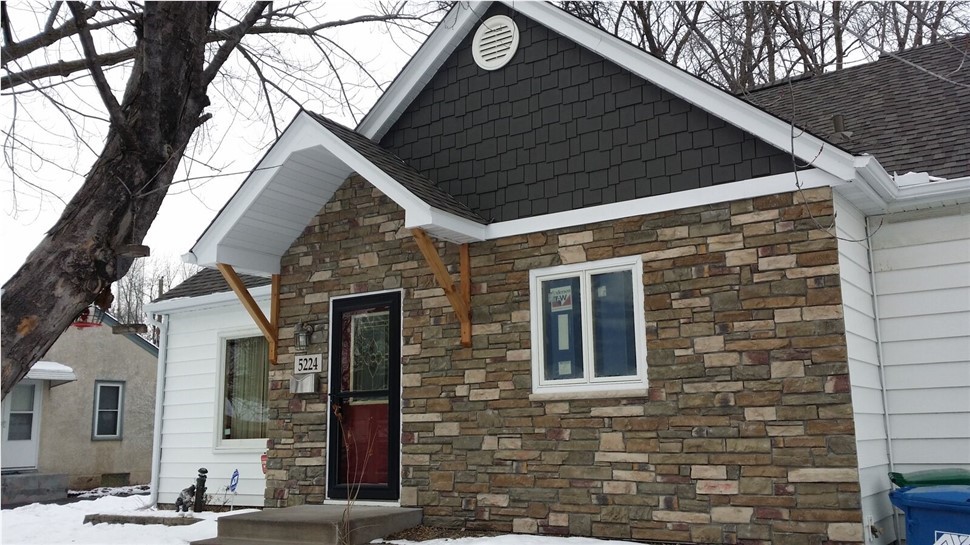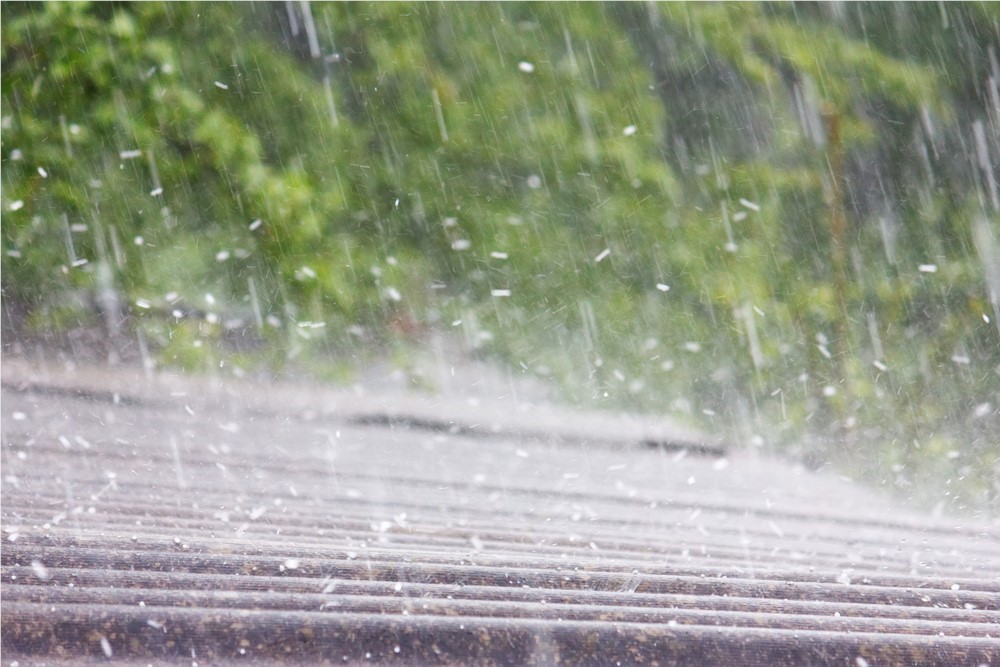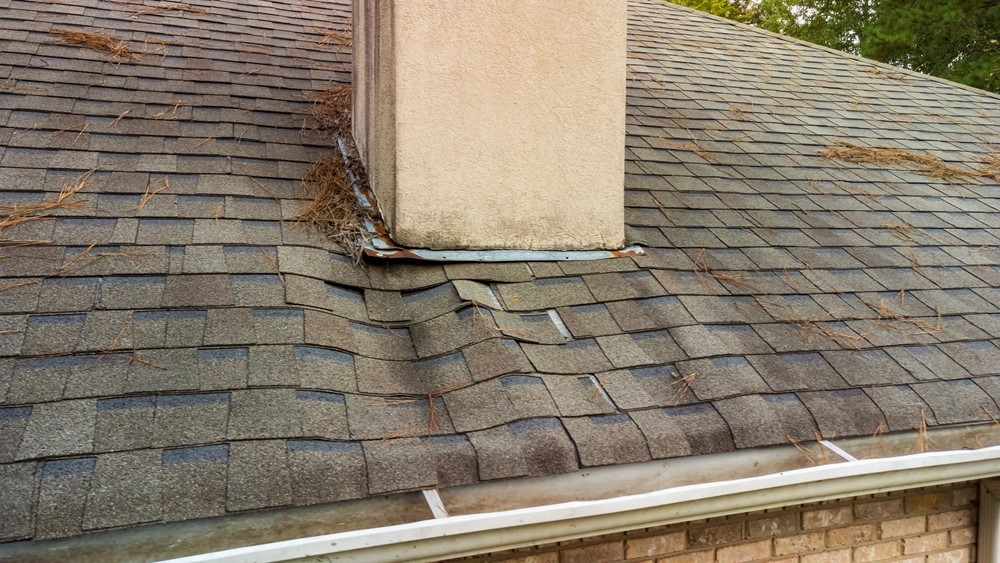With air conditioning season upon us, many homeowners around the Minneapolis St. Paul area are looking for ways to reduce their energy consumption and cut their utility bills. When it comes to the energy-efficiency in your home, doing such things as replacing the windows, putting in a new heating and cooling system or a new solar energy system can be beneficial but also scary. Not only does this mean a lot of work on your part but also a lot of money at the same time. The biggest question that homeowners face for these types of upgrades is where is the money going to come from to do them?
Your Energy- Efficiency InvestmentWhen looking around your home, you probably have noticed things that can be changed or upgraded. With high energy costs, switching to energy-saving items throughout the home can save you money over time, even if it means an up-front expenditure. If there are items in the home that are over 10 years old, then chances are they are not working like they should and costing you extra money. Replacing those older items makes good economic sense. For instance, just by installing new energy-efficient windows, you are able to save up 50% in your energy bill. These improvements can save you money each month but they can also increase the resale value of the home if you should ever sell it. Home buyers these days put energy efficiency near the top of their wish lists when home shopping.
Homeowners are Looking into Secured and Unsecured Financing for Home ImprovementsThere are many different financing options that are currently available to homeowners today to help with the home improvement projects that they want. You can choose from secured financing such as home equity loans based on the value of your home to unsecured loans and credit cards. Secured financing lenders can usually give lower interest rates because they are using the value of the home to secure the loan and have something to collect if it is not paid. Plus there's a tax advantage to home equity loans as long as the current home mortgage exemption exists.
Even though secured is usually the ideal way to go, many people do not have enough equity to use this option. But there are some alternative financing opportunities available. Some utilities offer grants or rebates for installation of energy-efficient upgrades (check with your utility to see if they offer something like this). Also, the Minnesota Fix-Up Fund offers secured and unsecured financing for energy-efficient home improvements. Click here for more information on this program.
Revolving financing and installments are two of the most popular unsecured loans that can be obtained. Installments are typically like an auto loan. They provide extended terms so the payments are lower when paying them back. They have no loan fees, finance the entire project and have interest rates of around 9-10%. Usually the terms are for a year or more. Revolving financing is like the same as cash. There is a grace period where the loan does not have to be paid back and doesn't add interest for around 6 to 12 months. So purchase now and then pay for it later. This allows you to use any tax credits and rebate programs to pay the loan back.
Whatever financing you choose, always make sure to read the fine print on any contract that you sign and pay the loan back within the specified amount of time to reduce the chances of incurring a lot of interest on the loan. Here at Quarve, we offer energy-efficient roofing, siding and replacement windows and doors. Many of our materials are EnergyStar rated. We've been in business for over three decades, and we've got a long list of satisfied customers. You can be confident that so you're able to work with a reputable, dependable and affordable contractor that is able to get the job done and save you money in the process. For a free consultation, call us today at 763.785.1472.Subscribe to Quarve Contracting's Blog







Comments